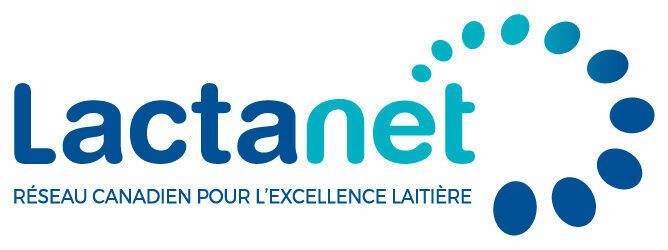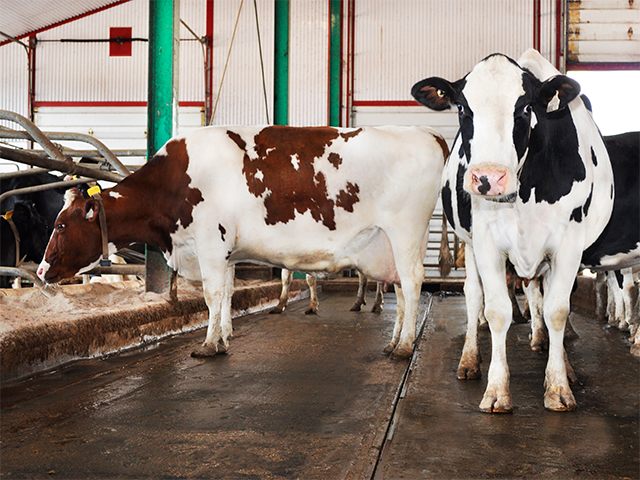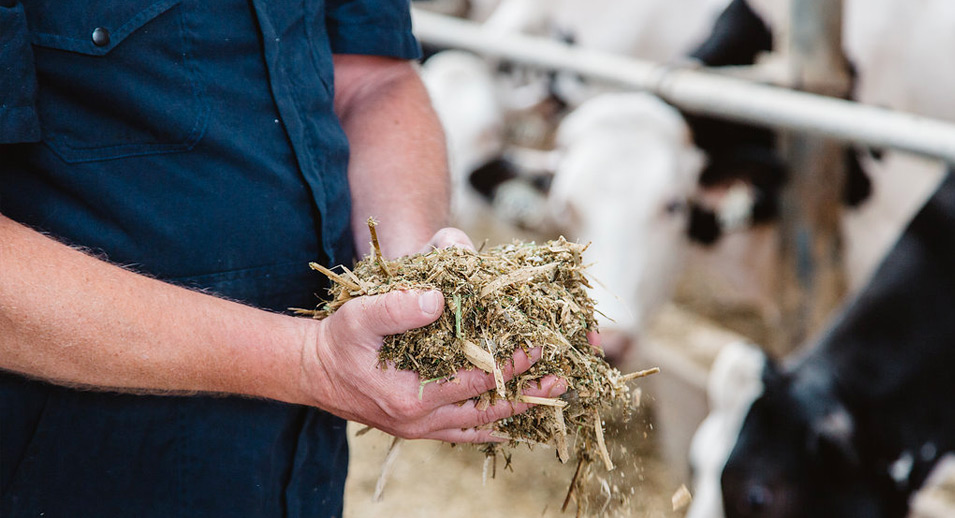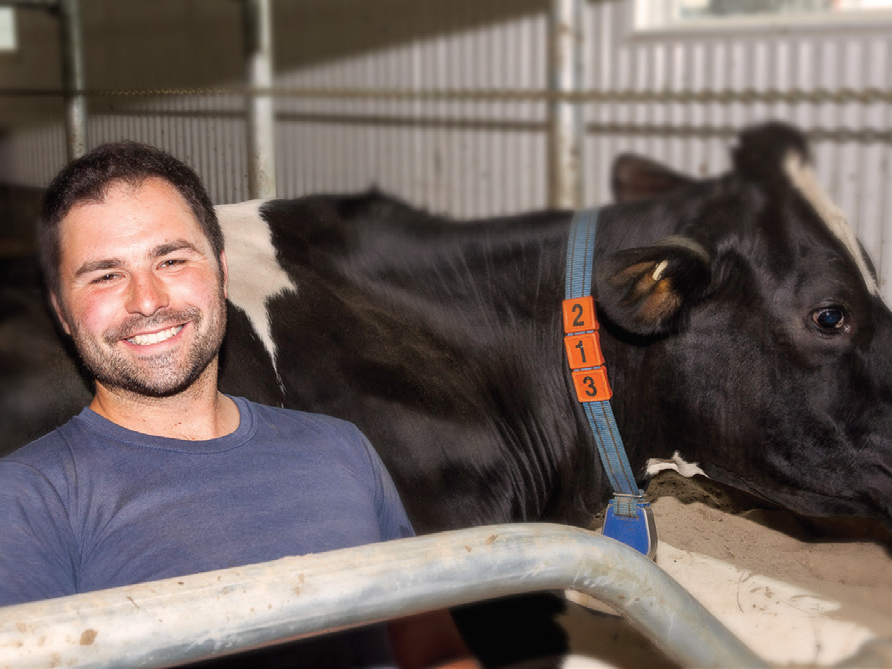Strategic Guide to Feeding Diets Without Palm Oil Derivatives
- April 22, 2021
In an effort to address consumer concerns, and reinforce public trust towards dairy producers and dairy products, the Dairy Farmers of Canada (DFC) have asked producers to consider alternatives to palm oil supplements in dairy cattle diets with alternative solutions. Since every farm is unique, there are diverse reasons for the use of these products that will also necessitate diverse strategies. In consequence, producers will need to identify the right alternative to meet the precise needs of their dairy operation.

There are two major categories of products containing palm oil derivatives on the market. You can obtain a precise list of feeds that fall into these two categories from your nutritionist or veterinarian.
- Supplements rich in palmitic acid (C16 :0).
- These feeds are usually marketed as being able to improve the fat tests in the herd.
- As mandated by the DFC request, it is suggested that these products be removed from cow’s rations or replaced by alternative strategies.
- Fat supplements containing a mix of different fatty acids, often a combination of palmitic acid and other fatty acids (e.g. C18):
- These feeds are often used to increase the energy density of the diet and meet the energy demands of high producing cows.
Generally, the form of the fatty acids contained in these products makes them inert in the rumen, which makes them an effective source of energy while maintaining ruminal function and cows’ health. If possible, alternative strategies to these products should be implemented to ensure that both the health and welfare of the cows are maintained.
1- Supplements Rich in Palmitic Acid Used to Increase Milk Fat Levels
Withdrawal Procedure
It is recommended to proceed with a gradual, progressive withdrawal, depending on the quantities used, and the proportion of cows in the herd that receive this type of fat supplement. You can establish a strategy with your nutritionist to minimize performance losses while using a transition process that is adapted to your reality.
- Reduce the proportion of cows that receive the feed in question
- Remove the supplement from the rations of cows that are further in their lactation, then, gradually decrease the supplementation for the cows that are in early or in mid lactation.
- Gradually reduce the quantity of the fat supplement offered per cow.
- Monitor herd performance and milk composition.
- Identify alternative strategies that are adapted to your situation.
Alternative Strategies to Increase % Fat
Improve Herd Genetics
- Use your herd’s genetic inventory report to recognize the milk fat production capacity of the individuals in your herd.
- Adjust your breeding and selection strategies towards a higher genetic potential for fat production.
Strategic Use of Additives and Supplements
- Consider using these products that optimize rumen fermentation and fat synthesis.
- Validate the pertinence and potential of the proposed additives with your nutritionist.
- Evaluate and monitor margin over feed cost of the chosen alternative.
Minimize Heat Stress
- Ensure that your cows have adequate ventilation.
- Adjust the ventilation quickly in the spring to control the interior temperature and humidity.
- Adjust rations accordingly (choice of forage, minerals, vitamins, etc.)
Optimize Rumen Function
- Minimize ration sorting.
- Spread out the distribution of concentrates.
- Ensure that there is sufficient effective fiber.
- Use rumen fermentable starch.
- Optimize grain particle size.
- Use carbohydrate sources that are not as acidogenic in the rumen as starch, such as sugar and soluble fiber.
- Avoid an excess of ruminal unsaturated fatty acids load (RUFAL).
Promote Good Feeding Behavior
- Always feed a uniformly mixed ration.
- Ensure that the ration is always accessible.
- Feed, or push up the feed often.
- Ensure adequate feedbunk and stall space for all cows.
- Check for the presence of pathogens or toxins in the water (e.g. coliform), and fermented feeds (e.g. enterococci).
Maximize Forage Consumption
- Monitor the digestibility and chop length to maximize feed intake (forage NDF (kg/j): 0.8 – 1.0 %PV)
- Optimize harvest and storage conditions to maximize nutritive value.
2- Supplements Containing a Mixture of Fatty Acids from Palm Oil, Used to Maintain the Cow’s Energy Balance
Withdrawal Procedure*
A gradual, progressive withdrawal is recommended. In certain situations, these feeds can be essential to the cow’s health and welfare, so its removal should be carefully considered and a proper withdrawal strategy should be established in collaboration with your nutritionist.
- Decrease the proportion of cows that receive the feed in question
- Remove the supplement from the ration for cows that have completed the first half of their lactation and reformulate diets accordingly.
- Re-evaluate whether the cows at peak or early lactation need this fat supplementation and whether other energy sources could be used instead.
- Identify alternative strategies that are adapted to your farm’s situation.
- If there are no alternatives available, continue to use the product for the cows for which the product is indispensable, at an adequate dose.
- Follow the progression of the recommendations issued by DFC’s expert panel.
*Throughout the process, it is essential to monitor the cow’s adaptation: body condition loss, ketosis (Ketolab), conception rate, among other indicators used in your farm to monitor the health and welfare of your cows.
Alternative Strategies for Maintaining Energy Balance
Maximize Energy Intake
- Provide high quality forages (digestibility and preservation) at an optimal chop length.
- Optimize social (grouping) and physical (comfort and welfare) environment.
- Monitor feed bunk management (push up feed, cleaning, sequence, refusals, etc.).
Facilitate Transition
- Evaluate transition success.
- Monitor body condition score (3.0-3.25 ) from dry-off to calving.
- Minimize stress during the transition period by maximizing comfort and limiting group changes.
- Avoid excess energy intake at the beginning of the dry-off period.
- Ensure a good transition in starch and fiber levels between the close-up, fresh and high-group rations.
Use Alternative Sources that are Energy Rich
- Consider using other energy sources or glucose percursors (glycerol and sugar).
- Evaluate the potential of feeds that are rich in fat without palm oil derivatives: linseed, cottonseed, etc.
- WARNING: Avoid feeding excessive unsaturated fats (Rumen Unsaturated Fatty Acid Load – RUFAL) in the ration.
Improve Herd Genetics
- Select for metabolic disorder resistance index.










